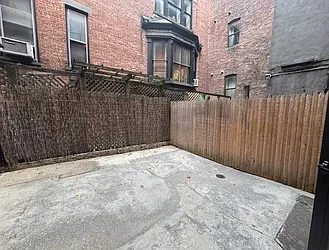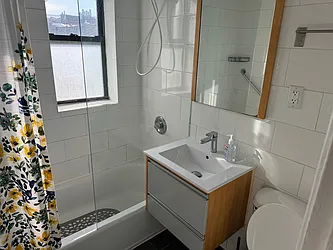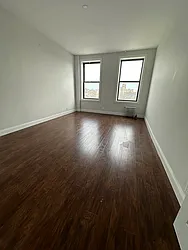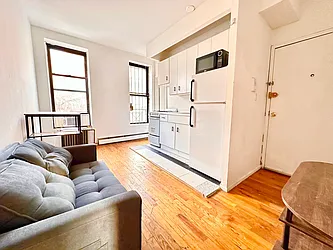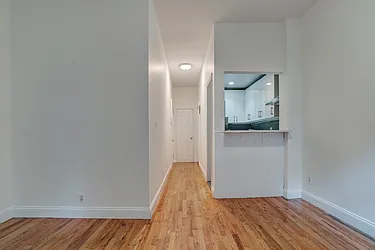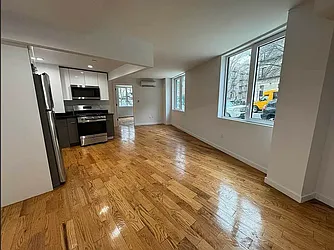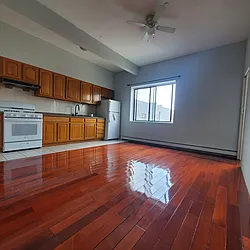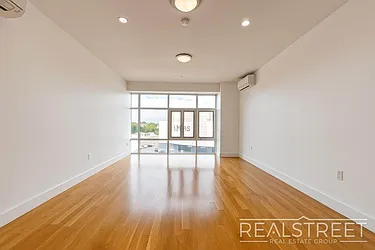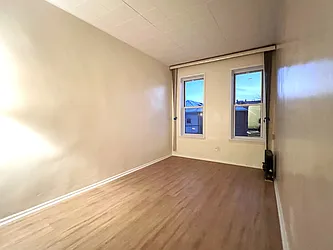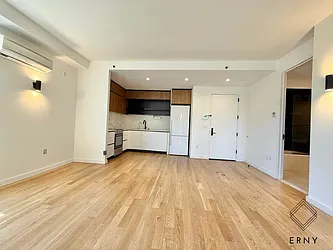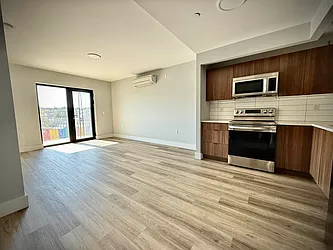COVID-19 + NYC Real Estate
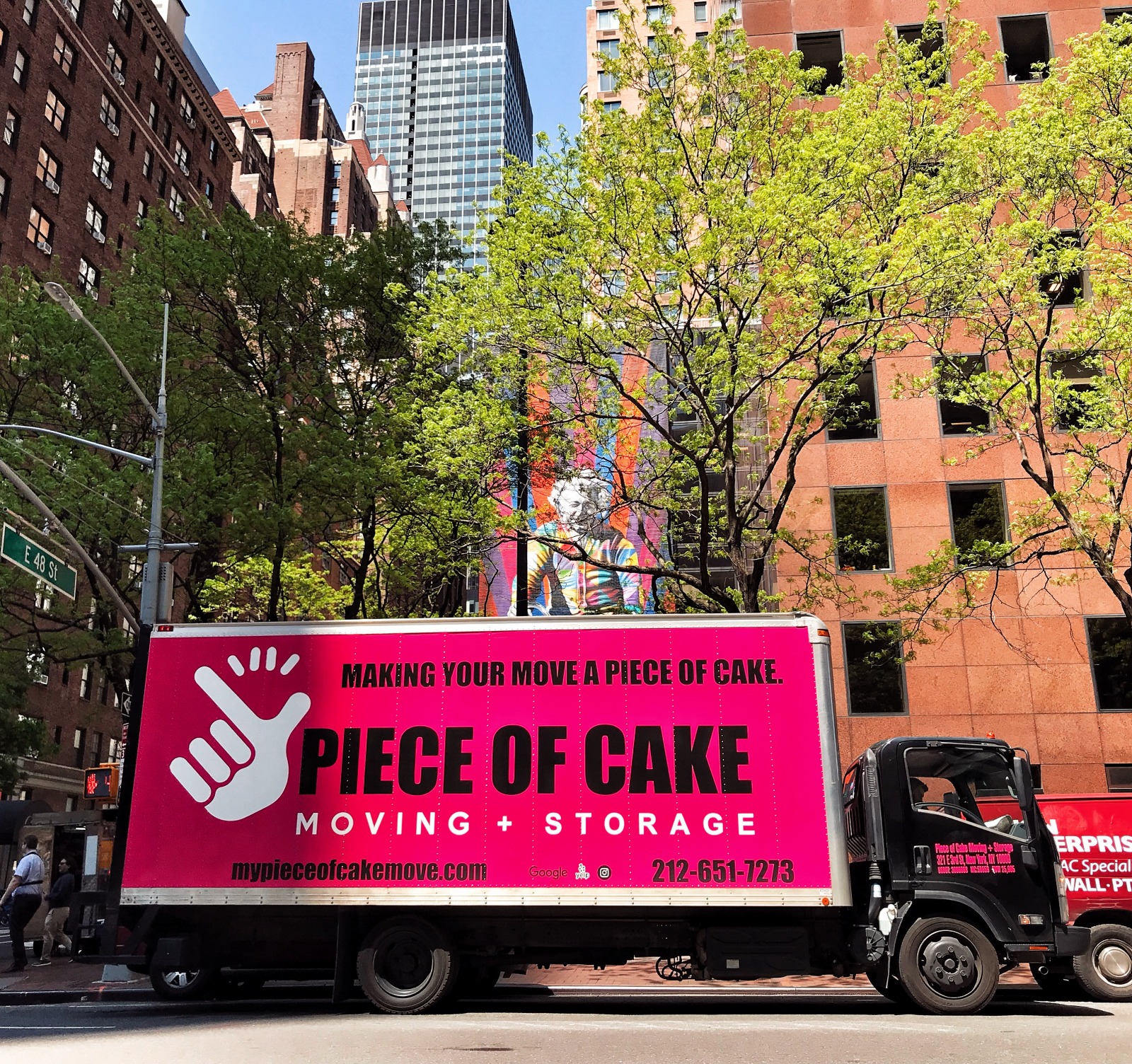
Piece of Cake is one of many NYC companies that will move your stuff into storage for you.
Most New Yorkers are so squeezed for living space that it’s a national punchline. (See the oven full of sweaters in Carrie Bradshaw’s apartment on Sex and the City.) Luckily, there’s an easy solution — and it doesn’t require moving to the ‘burbs. Storage units are the answer. But how much does an NYC storage unit cost? And how can you get the most for your money? Read on for the need-to-know details, including how to pack your stuff so it all stays pristine.
How Much Do NYC Storage Units Cost?
City storage units are a lot like city lunch options: You can go high or low. NYC storage unit costs are just as varied. Do you want the tasting menu at Per Se, or a $1 Gray’s Papaya hot dog?
The going rate for a large (5′ x 10′ x 8′) storage unit at popular storage facility Manhattan Mini Storage starts at $163 a month. But it’s worth noting that, much like NYC real estate, the same size space might set you back more in certain areas of the city than others. On the Upper East Side, for example, you’ll pay $328 for the same size unit. The company does offer price-matching on rates from other Manhattan-based self-storage outfits, though.
Don’t have much to store? Get ready for a deal. A closet-sized space costs just $40 per month. And it comes with lots of benefits, including a “moving conceirge” and a free shuttle to bring your stuff back and forth.
Maybe you don’t want to go the DIY route. If you want full white-glove service — like, if you’re transporting your grandmother’s heirloom crystal collection, for example — high-end companies like Liberty Moving & Storage can be well worth the price.
You get what you pay for in this category, says Ivan Martinovic, sales manager for Piece of Cake Moving & Storage. He explains that his company makes the process seamless and worry-free. “Our customers can make a phone call and get their storage service planned by our professional consultant,” he says. “They don’t have to rent a vehicle, worry about parking tickets, do the actual moving part, or store their items unwrapped in a dusty unit. You don’t want your velvet sofa full of dust when you take it out of storage after five months!”
Manhattan Rentals Under $3,000 on StreetEasy Article continues below
Find the Best NYC Storage Unit Options
As with anything, New Yorkers should scour Yelp for five-star recommendations of NYC storage unit facilities. The site lists a host of options, including DriveUp Storage, which brings a unit directly to your address, lets you load it, then carts it away for safe storage.
Most storage-unit renters want a facility that is convenient to their apartment, so they’re not trekking to a far-flung borough just to pick up their Christmas ornaments. For help with that, try looking on SpareFoot, which lets users filter by location to find the nearest options. You can also filter by size, amenities, and price range to find the best NYC storage unit for you.
SpareFoot can also help you figure out whether paying a premium for extra services is worth the money. It all depends on what kind of items you’ll be keeping in your unit. For example, if you’re storing precious or delicate things — think art, leather goods, or anything that could be damaged by extreme heat or cold — consider paying a bit more for climate and/or humidity controlled options. If the thought of your grandmother’s portrait getting mildewed or moth-eaten makes you cry, it’s probably worth a little extra money to keep it safe!
How to Pack Your Stuff
Filling a storage unit is not a time for slapdash packing methods. “We suggest using plastic bins as opposed to cardboard boxes, as your items are safer in them,” says Martinovic. “Also, when packing the bins, use lots of packing paper, which is better than bubble wrap. Crumple up a lot of paper to make the bottom of a bin cushioned, and then wrap each item with two to three more layers of paper.”
Martinovic adds that all fabric furniture should be wrapped in plastic stretch wrap, and then blankets. Leather and wooden furniture should be wrapped only with blankets, as the plastic wrap can affect the shape of those items if left in storage for a long period of time. And if you still have the original boxes and packing foam your electronics came with, by all means, use them.
Brooklyn Rentals Under $3,000 on StreetEasy Article continues below
What About Insurance for NYC Storage Units?
It’s never a bad idea to purchase insurance. But check your renter’s or homeowner’s policy first: It may already cover the things you’re storing. (This is often considered “off-premises personal property.”)
If you hire a mover to facilitate your stuff’s transition to storage, the mover is legally obligated to provide a certain amount of insurance. “Per DOT regulations, all moving companies are required to provide basic coverage of 60 cents per pound per item,” says Martinovic. “Though when it comes to the value of customer items, in many cases that is not enough. We recommend contacting movinginsurance.com, which has a high standard for moving companies. We also advise clients to thoroughly read terms and conditions when purchasing a policy, so there are no surprises later.”
Be Smart About Storage
A few final tips:
- Think first: Be smart about what to keep and what to send off to storage. If you use it at least once a month, don’t store it!
- Get informed: Once you choose an NYC storage unit, get a copy of the facility’s hours, closings, and unit holders’ access rights to keep on file. You don’t want any surprises.
- Set a schedule: Do like Martha Stewart does and get on a schedule. Regular storage-unit runs minimize the need for last-minute visits and reduce forgetfulness. Head there in October to trade out your Hamptons-ready beach chairs for your winter coats, then reverse that trip in April. You’ll soon become a seasoned storing pro — and your apartment will feel that much bigger.
More Storage-Related Content on StreetEasy
Note: NYC Storage Units During COVID-19
If you’re wondering whether the coronavirus pandemic has affected storage units in NYC, the short answer is yes…and no. As essential businesses, storage facilities remain open. However, most now have strict measures in place to ensure both staff and client safety, including maintaining at least six feet of distance from others.
Manhattan Mini Storage, for example, is asking clients to limit themselves to absolutely essential visits (i.e., this is not the time to pick up a few boxed-up doo-dads for a craft project). Access Self Storage in Long Island City is working on contactless unit rental procedures and has ramped up sanitizing.
The upshot? Be cautious. If you don’t absolutely need to store or access your things during this crisis, be safe and let it wait.
—
Whether you’re looking to rent or to buy, find your next NYC apartment on StreetEasy.
